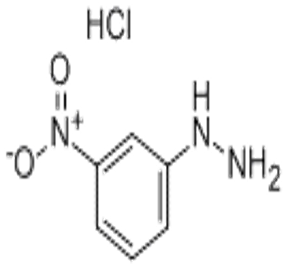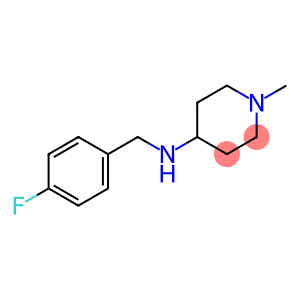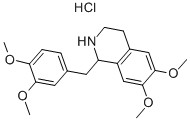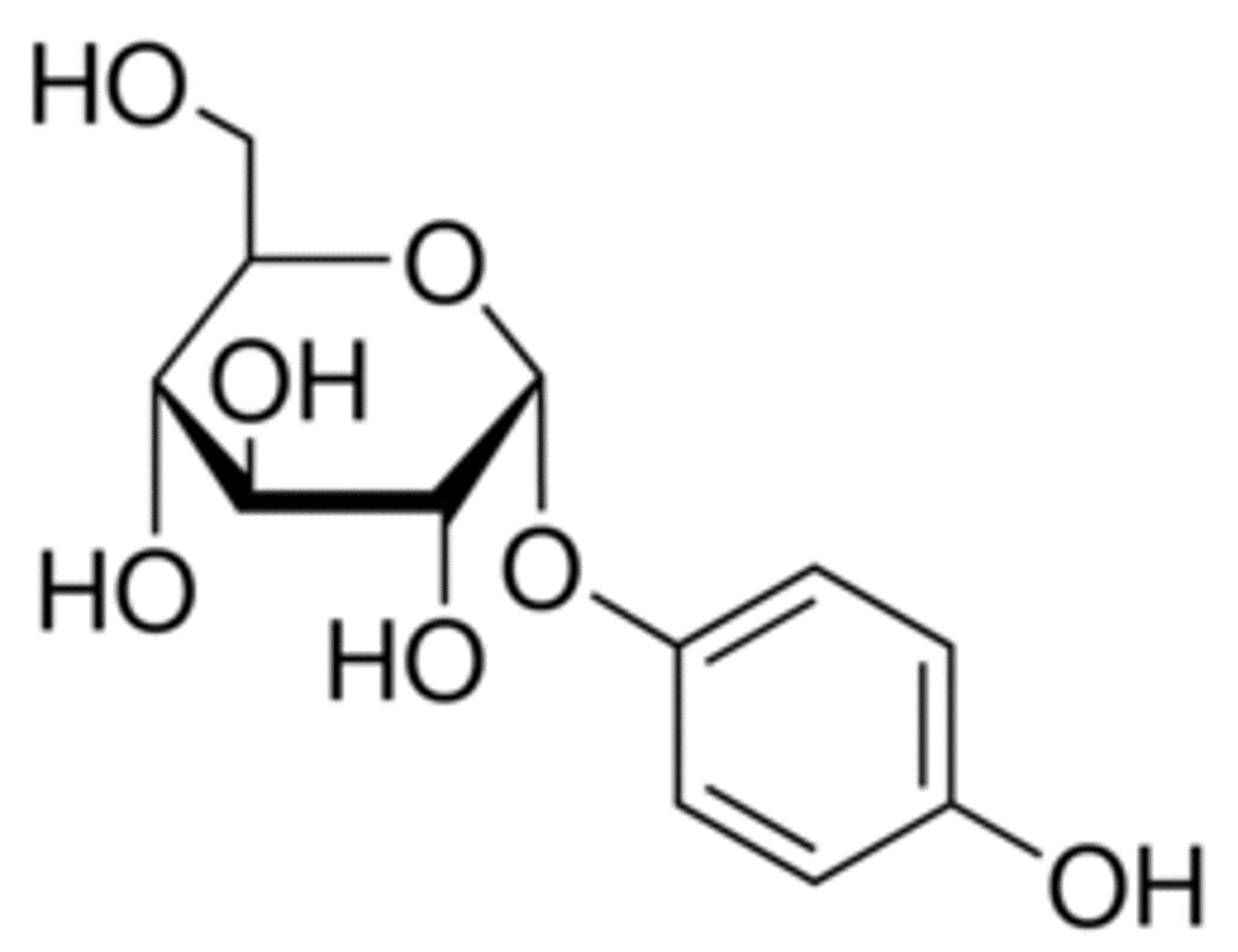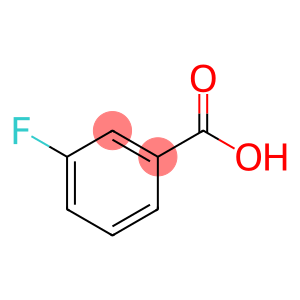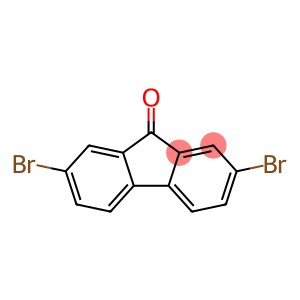3-Nitrophenylhydrazine Hydrochloride(CAS# 636-95-3)
| Risk Codes | R20/21/22 – Harmful by inhalation, in contact with skin and if swallowed. R36/37/38 – Irritating to eyes, respiratory system and skin. |
| Safety Description | S26 – In case of contact with eyes, rinse immediately with plenty of water and seek medical advice. S37/39 – Wear suitable gloves and eye/face protection S36 – Wear suitable protective clothing. |
| UN IDs | 2811 |
| WGK Germany | 3 |
| Hazard Class | 6.1 |
| Packing Group | III |
Introduction
3-Nitrophenylhydrazine hydrochloride is an inorganic compound with the chemical formula C6H7N3O2 · HCl. It is a yellow crystalline powder.
3-Nitrophenylhydrazine hydrochloride has the following properties:
-The melting point is about 195-200°C.
-can be dissolved in water, high solubility.
-It is a harmful substance that has certain toxicity to the human body.
The main use of 3-nitrophenylhydrazine hydrochloride is as an intermediate in organic synthesis. It can react with other compounds to form various organic compounds.
The method for preparing 3-nitrophenylhydrazine hydrochloride is mainly to react 3-nitrophenylhydrazine with hydrochloric acid. The 3-nitrophenylhydrazine is first dissolved under acidic conditions, then hydrochloric acid is added and the reaction is stirred for a period of time. Finally, the product is precipitated and washed to give 3-Nitrophenylhydrazine hydrochloride.
When using and handling 3-Nitrophenylhydrazine hydrochloride, you need to pay attention to the following safety information:
-Due to its toxicity, it is necessary to wear appropriate personal protective equipment, such as gloves and protective glasses.
-Avoid inhaling its dust or solution, avoid contact with skin and eyes.
-Pay attention to fire and explosion prevention measures during handling and storage.
-After use, waste should be disposed of in accordance with environmental regulations. Proper industrial hygiene measures must be observed.


